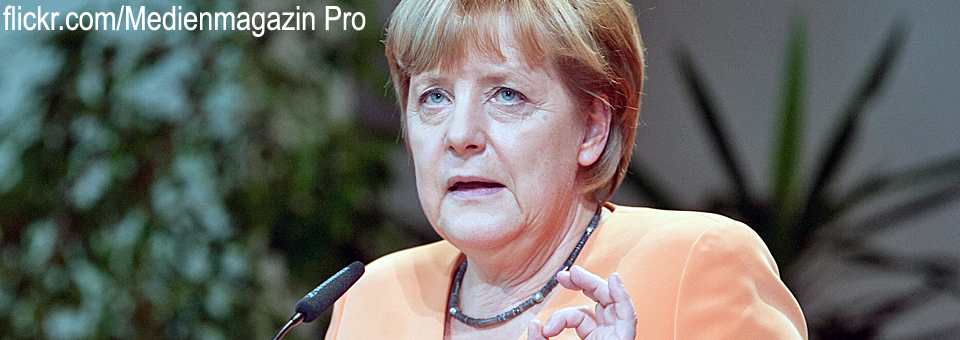Canadian Prime Minister Justin Trudeau has visited Punjab this week and his trip has made plenty of headlines in both nations. Indian officials have been muted in their reception for Trudeau which has triggered an avalanche of analysis, critique and editorial pieces on everything from his diplomacy skills to choice of attire. But what has underpinned most of the media coverage is the rising tension in India over a perceived soft-stance taken by Canada on the freedom of speech of its Sikh citizens when it comes to the idea of Sikh sovereignty and particularly the cause for a separate state, Khalistan. The Indian press has created a frenzy amongst its populace in recent weeks leading up to the visit through propaganda pieces suggesting that security has heightened as a direct result of threats emanating from Canadian-financed organisations. That much was to be expected as New Delhi plans to ratchet up the ‘fear psychosis’ ahead of next year’s general election. But what might surprise the casual reader of these pages is how the Canadian press too is adept at sullying the Sikh community with tainted brushstrokes.
On the face of it, the Canadian press is relatively informed when talking about Sikhdom’s current affairs, especially when compared to its neighbouring peers in the USA. Basic facts are usually provided to contextualise a piece, and inconclusivity is reserved for editorial columns. Along these lines, CBC published what I thought was a good piece especially considering the poor standards of their associated broadcasting segments, but it becomes clear to see why even they teeter on the edge, falling on the wrong side more often than not, if one reads just this line: “Sikhism was born 500 years ago in opposition to both the religious intolerance of Islamic fundamentalists and the rigid caste system of Hindu fundamentalists.” Sikhi did not arise in opposition to Islam or Hinduism (nor did it try to amalgamate the two as some other summaries might have you believe). This is a fallacy that is far too commonly repeated even by some misinformed Sikhs themselves. Sikhi is a way of life founded by Guru Nanak that exists in and of itself. That it emerged in a region dominated by the Mughal Empire who enforced Islam alongside their rule, and a population whose vast majority fell under the umbrella of what is today termed Hinduism, may seem consequential, but this disregards the universiality of the Truth that the Guru espoused (Shabad) and the root from which he asserted that those words came to him. It is a forgettable example, but one of great relevance in this conversation because it shows how Sikhs are too often seen in the light (or should that be shadow) of Islam, Hindus, or India, as opposed to being seen for who they are.
It’s easy to see why Sikhs can get frustrated with the press in Canada, if one considers the vocabulary that is used to depict Sikh thought, practice and movements. ‘Extremism’ (see The Globe and Mail), ‘sectarian violence’ (see The National Post) and ‘terrorists’ (see any) are evocatively used to brand Sikhs who support the notion of Khalistan, as well as the Sikh community more broadly. These are terms that can be applied technically, but in the case of the press are used far too frequently to paint pictures of (mostly) brown people with something to say. In Canada, Sikhs have been on the receiving end of this policy as seen over the last week. Most online ire was reserved for a pathetic article published by The Star that screamed out loud its click-bait nature. In a ‘timeline’ section – a handful of bullet points would you believe – 1947 was wrongly dated as the emergence of ‘Khalistan’ as a mooted state, Sikh leaders were inaccurately depicted as ‘establishing a base’ at Darbar Sahib in 1984, and were referred to as ‘separatists’ (which they did not become until after the invasion in June). The Star’s article has since been taken down, in part due to the backlash that it received, but the damage has already been done, although what that means for their advertising revenue and readership circulation I don’t know.
Clearly one of the conclusions that can be drawn from analysing Canadian reporting is that much, much greater depth is required. Whilst journalists might contend that they have deadlines to meet and numerous diverse communities to cover preventing sturdier research and copious amounts of copy to deliver to editors, I would ask them to reconsider the purpose of their role. Reporting current affairs is an immense responsibility that should be done with diligence, integrity and objectivity; if understanding how a community defines and perceives itself is key to interpreting their actions surely that is worthy of exploration. Perhaps this is asking too much of the modern journalist who is expected to write for print, digital and social on the hour every hour, but if journalism is to survive the tests of these times where everybody can become a publisher, it needs to rid itself of sensationalism and invest more in investigation. There are umpteen issues along these lines that one can take up with the Canadian press that demand answers, most notably the consistent referring back to the Air India bombing of 1985 in every article, generally attributing blame on to the Sikh community despite questions being raised about the validity of that accusation; this is work that the Sikh community needs to consider if it deems important enough to ivnest resources towards. It is no small task to challenge the status quo, but at the very least the last week has brought home to Sikhs just how well ‘at home’ they think they are in their ‘new home’ in North America.




